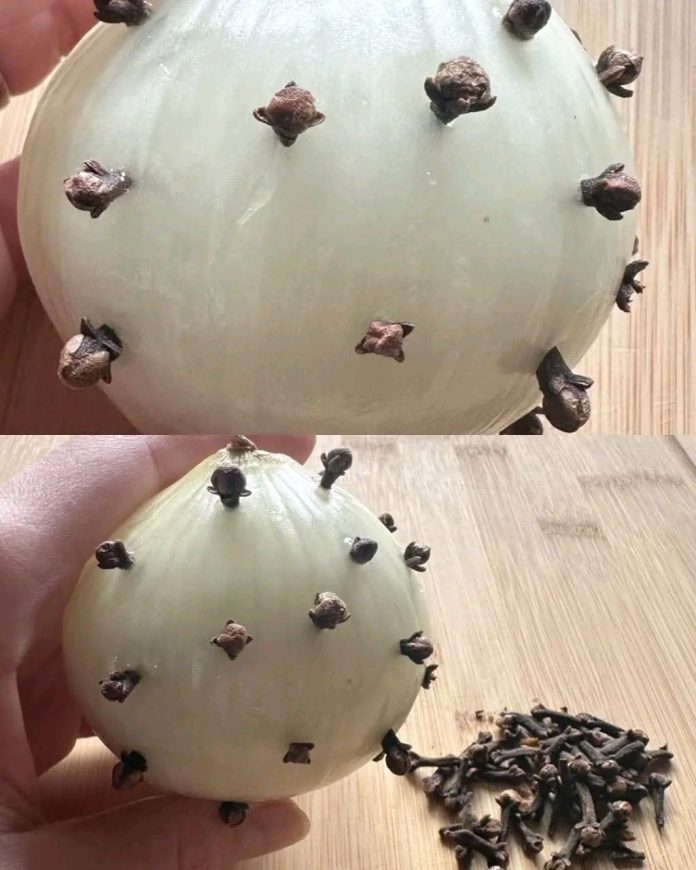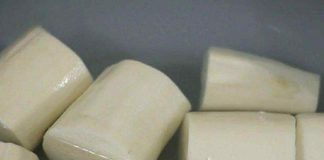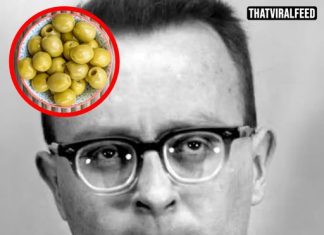The practice of inserting cloves into an onion, while seemingly unconventional, is a culinary technique with deep historical roots and multifaceted applications. This method, cherished by many grandmothers and seasoned cooks, serves both practical and flavorful purposes in the kitchen.
Culinary Tradition and Flavor Enhancement
One of the primary reasons for studding an onion with cloves is to infuse dishes with a subtle, aromatic flavor. This technique, known in French cuisine as “piqué” or “clouté,” involves attaching a bay leaf to an onion using cloves and then incorporating it into sauces, broths, or stews. The combination imparts a delicate blend of flavors without the need to chop the onion finely, allowing for easy removal after cooking. This method is particularly prevalent in preparing béchamel sauce, where the infused milk gains depth and complexity from the onion-clove infusion.
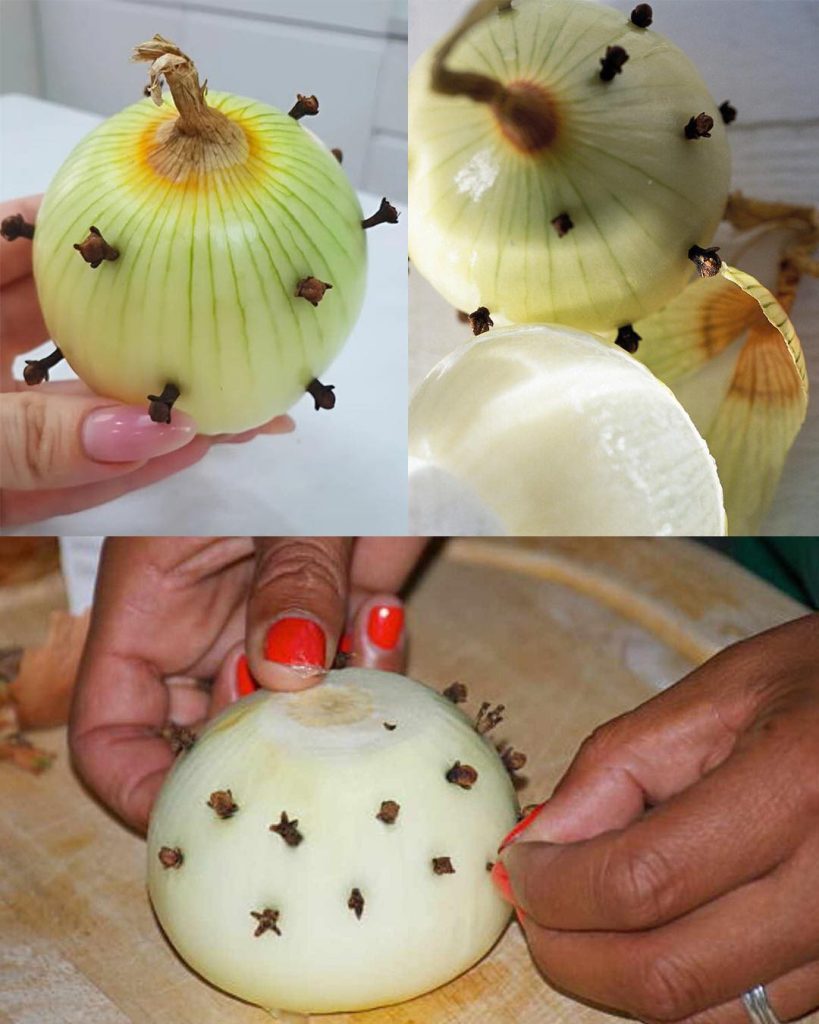
Historical Significance and Cultural Practices
The tradition of combining cloves and onions transcends mere flavoring; it has historical significance in various cultures. In French culinary arts, the “oignon piqué” has been a staple for centuries, showcasing the importance of nuanced flavoring in classic dishes. Similarly, in other European cuisines, this practice underscores a commitment to layering flavors subtly and effectively.
Practical Benefits in Cooking
Beyond flavor, inserting cloves into an onion offers practical advantages. It allows cooks to impart the essence of both ingredients without leaving behind solid remnants in the dish, facilitating a smoother texture in soups and sauces. Moreover, the whole studded onion can be easily retrieved from the pot, ensuring that the flavors are infused without the risk of biting into a whole clove, which can be overpowering.
Aromatic and Medicinal Properties
Cloves are renowned for their strong, sweet aroma and have been used traditionally for their medicinal properties, including analgesic and antimicrobial effects. When combined with onions, which possess their own health benefits, the duo not only enhances the sensory experience of a dish but may also contribute to its nutritional value. This synergy has been utilized in various home remedies, such as infusions aimed at alleviating cold symptoms.
Modern-Day Applications and Tips
In contemporary cooking, this age-old technique continues to find relevance. To employ it effectively, one can follow these steps:
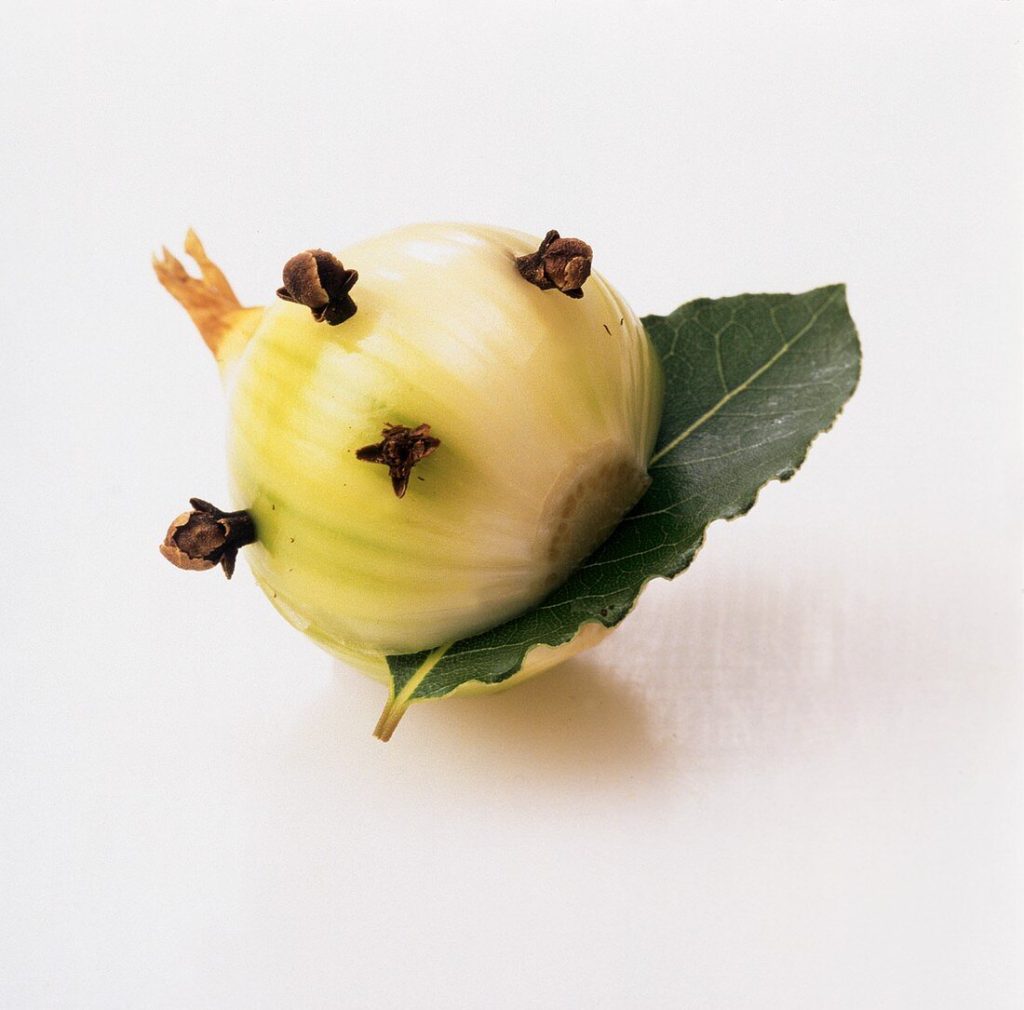
- Preparation: Peel a medium-sized onion, leaving it whole.
- Studding: Attach a bay leaf to the onion by piercing it with 2-3 whole cloves.
- Cooking: Place the studded onion into the pot of milk, broth, or sauce base during the initial stages of cooking.
- Removal: After the desired cooking time, remove and discard the onion before serving.
This method ensures a nuanced flavor infusion, elevating the overall taste profile of the dish.
Conclusion
The practice of inserting cloves into an onion is a testament to the ingenuity and resourcefulness of traditional cooking methods. It embodies a harmonious blend of flavor enhancement, practicality, and cultural heritage. By understanding and applying this technique, modern cooks can pay homage to culinary traditions while elevating their own gastronomic creations.

